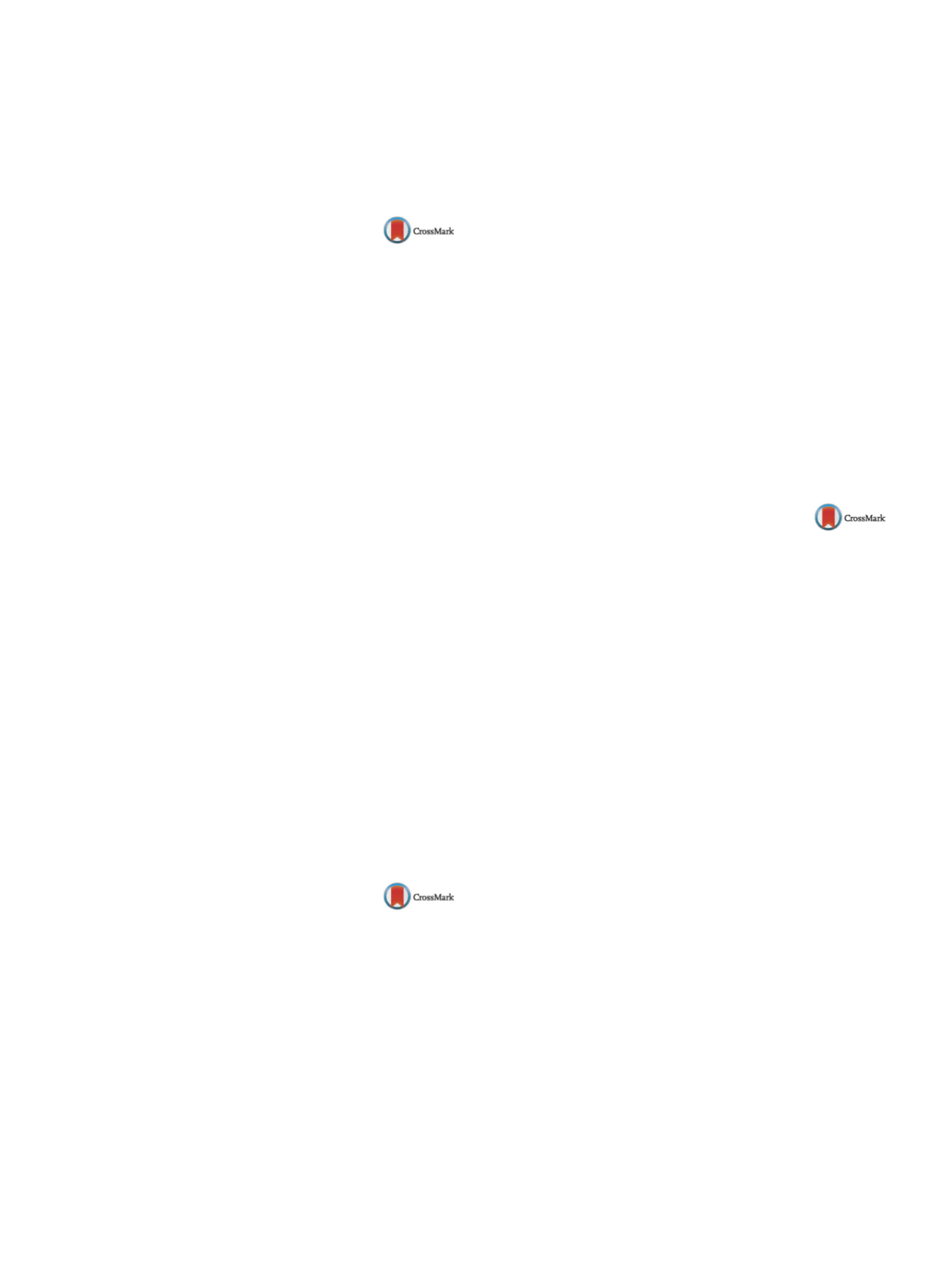

S514
25th European Congress of Psychiatry / European Psychiatry 41S (2017) S465–S520
injectable paliperidone. Eight months later, he continues to be
monitored and markedly recovered.
Disclosure of interest
The authors have not supplied their decla-
ration of competing interest.
http://dx.doi.org/10.1016/j.eurpsy.2017.01.667EV0338
Understanding the cultural concept of
“highly sensitive person” among
bipolar patients
M. Ioannou
∗
, M.Dellepiane , S. Olsson , S. Steingrimsson
University of Gothenburg - Institute of Medicine, Psykiatri Affektiva,
Gothenburg, Sweden
∗
Corresponding author.
Introduction
The concept of “highly sensitive person” is a cultural
concept, which has become popular in western societies includ-
ing Sweden. A highly sensitive person (HSP) is usually described
as having hypersensitivity to external stimuli, different cognitive
processing and high emotional reactivity. Although the concept
lacks diagnostic validity, psychiatric patients may refer to this con-
cept.
Aims
To examine the feasibility of the Cultural Formulation
Interview (CFI) and the clinical relevance of cultural concepts of
distress among patients with bipolar disorder that report being
a HSP.
Methods
A case series of three patientswith a diagnosis of bipolar
disorder that report HSP. The CFI was conducted with all patients
and the applicability of the DSM-5 cultural concepts of distress
tested.
Results
In all three cases, the CFI facilitated the clinical consul-
tation as reported from the patients and in one of the cases also
increased the treatment engagement. The HSP-concept could be
conceptualized as a cultural syndrome, idiom of distress and as an
explanatory model.
Conclusion
The CFI and the cultural concepts of distress proved
to be useful for understanding the concept of HSP as also they
increased the cultural validity of the diagnostic interview. The three
cases illustrate the challenges when encountering patients with
other cultural references than clinicians. This highlights the neces-
sity to integrate anthropological thinking in our current diagnostic
work in order to reduce the “category fallacy” and promote a more
person-centered approach in psychiatry.
Disclosure of interest
The authors have not supplied their decla-
ration of competing interest.
http://dx.doi.org/10.1016/j.eurpsy.2017.01.668EV0339
‘The Good Parent’ and ‘The Other
Parent’: Medicalization, othering and
social exclusion in Israeli professional
discourse regarding learning
disorders and difficulties
O. Katchergin
Oranim Academic College, Sociology and Anthropology, Givatayim,
Israel
This lecture seeks to uncover the various textual techniques
through which binary representations of ‘parenthood’ are con-
structed in the framework of clinical professional discourse
of Israeli learning-disorders experts. Historically this discourse
has constructed two contrasting parenthood representations:
‘parenthood of learning-disordered children’ on the one hand,
and ‘parenthood of cultural deprived children’ on the other
hand.
The lecture posits the followingmain questions:Which textual rep-
resentations of ‘parenthood’ were constructed in the framework of
the aforementioned discourses? Which affinities can be identified
between the textual representations and the contextual character-
istics of social class, culture, ethnicity and educational capital? And
which affinities can be identified between these representations
and the explicit or implicit normative messages of ‘blame’, ‘respon-
sibility’ and ‘agency’ embedded in the texts? Discourse analysis was
implemented in order to uncover the mutual and contradictory
construction processes. The analysis also reveals the stereotypical
imputation of ‘normative’ parents with a well-off, well-educated
and western origin population, as well as the stereotypical impu-
tation of ‘problematic’ parents with a low class, little educated and
eastern origin population. The lecture concludes by situating the
texts in the social and historical context of their formulation: The
processes of psychocultural othering which operated on low class,
little educated and eastern origin parents are interpreted on the
historical background of the class and ethnic hierarchical struc-
ture of the Israeli society. The conclusion also raises a conjecture
regarding a rising newmedicalizing ‘othering’ potential, a potential,
which was already implicitly embedded in the analyzed historical
texts.
Disclosure of interest
The author has not supplied his/her decla-
ration of competing interest.
http://dx.doi.org/10.1016/j.eurpsy.2017.01.669EV0340
Hikikomori goes global: A Portuguese
case
P. Macedo
1 ,∗
, V. Pimenta
2, M. Alves
2, A. San Roman Uria
3,
H. Salgado
21
CHTMAD, Departamento de Psiquiatria e Saúde Mental, Vila Real,
Portugal
2
Hospital de Magalhães Lemos, Hospital de Magalhães Lemos, Porto,
Portugal
3
Complejo Assistencial de Zamora, Psiquiatría, Zamora, Spain
∗
Corresponding author.
Introduction
Hikikomori, a form of severe social isolation,
once characterized as a Japanese cultural-bond behavior with
social and economic consequences, it is now being described
in other countries. Its presentation mimics some clinical fea-
tures of various classified mental diseases, such as prodromal
phase of schizophrenia, personality disorders, Internet depend-
ence, social phobia or depression, without fulfilling their defining
criteria.
Objectives/method
This work aimed to do a brief review of
this subject, describing one case that is probably the first ever
reported in Portugal, comparing it with similar cases around the
world.
Results
The patient was a 22-year-old male, taken to psychiatry
evaluation after 4 years of social withdrawal, avoiding or blocking
any contact even with family members, which resulted in work
and school impairment. He spent most of his days locked at his
room, investing his time in particular interests and Internet use,
only leaving to eat or do his basic hygiene. At that time, he presented
no affective or psychotic symptoms and perceived his behavior
as egosintonic. After six appointments with psychotherapeutic
approach, hewas able to get a job and improved his communication
with the others, especially with family.
Discussion/conclusion
This case fits most of the reports found on
literature, in its presentation and clinical management. Hikikomori
is not considered yet a disorder and further documentation of these
cases is still needed to define its place in psychiatric nosology.
Disclosure of interest
The authors have not supplied their decla-
ration of competing interest.
http://dx.doi.org/10.1016/j.eurpsy.2017.01.670

















